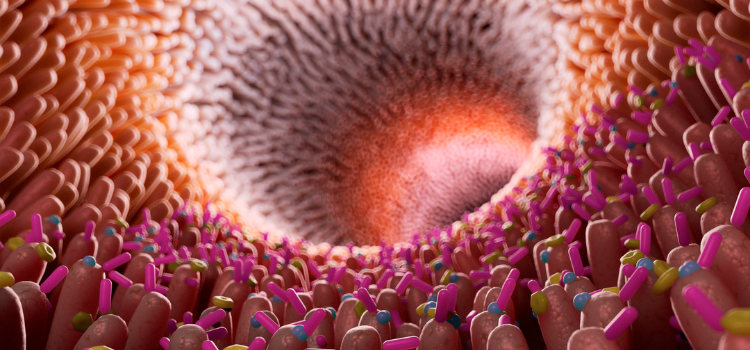Successful webinar on microbiome studies for feed industry professionals

On September 27, PathoSense organized an exciting webinar on setting up and interpreting microbiome studies. We had a virtual room filled with innovators and seasoned professionals from the feed industry, all eager to dive into the fascinating world of microbiome studies. This engaging webinar was hosted by two microbiome experts within PathoSense: Dr. Amanda Hettiarachchi, a scientist with profound passion and expertise in microbiome studies, and Adelaide Panattoni, a Baekeland PhD candidate dedicated to unravelling the mysteries of the respiratory microbiome in pigs.
The webinar kicked off with delving into why microbiome studies matter in the context of the feed industry. It's all about gaining valuable insights into how novel innovative products impact the composition of microbiomes, thereby influencing animal health. Understanding a product's mode of action becomes clearer when you've got microbiome data at your disposal. Then, the audience was immersed in the different steps of a microbiome study, spanning from the moment of sample collection to the complex field of data analysis and interpretation.
Throughout the session, we delved deeper into the key points crucial to a microbiome study:
- Study setup: Microbiome studies can be seamlessly integrated into existing animal trials, making them accessible for microbiome novices.
- Sample collection: It all starts with proper sample handling and storage. Applying the correct methodologies ensures accurate results.
- Wet lab steps: Have you ever wondered what happens to those precious samples once they reach the sequencing facility? We covered all the steps from extraction of bacterial DNA to its sequencing.
- Sequencing technologies: There are many different technologies on the market today, including short-read (e.g., Illumina) and long-read (e.g., PacBio and Nanopore) methods. The choice of technology affects the level of detail, or taxonomic resolution, you can observe.
- Data analysis: In this segment, we highlighted several important considerations in order to determine the bacterial composition within the samples and statistical tests required to answer the research questions.
- Data interpretation: Armed with data, we face the challenge of correct interpretation. We discussed how we can bridge the gap between microbiome results and animal physiology, productivity and other traits.
We were very pleased with the large number of interested attendees and the positive feedback to our webinar. Feeling fired up and ready to dive into your own microbiome study? Have some burning questions about getting started? Don't hesitate to reach out!
Did you miss our webinar? No worries! We will be launching the webinar again later this year.